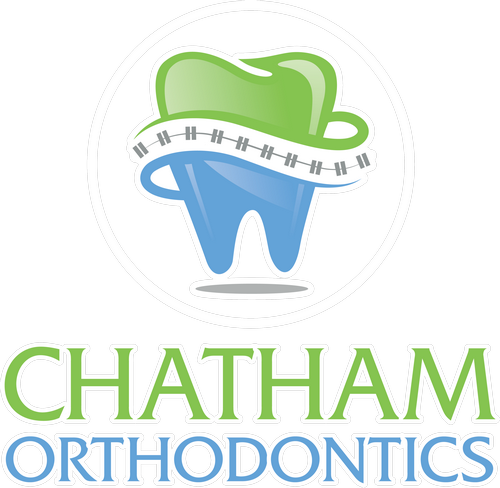Orthodontics isn’t just for pre-teens and teenagers; a growing number of adults are opting to correct malocclusions and teeth misalignments with orthodontic treatment. Currently, about one-third of all orthodontic patients are adults, proving it’s never too late to pursue a straighter smile. Early treatment is beneficial for achieving ideal alignment during youth, but orthodontic adjustments can be effectively made at any age.
Benefits of Orthodontic Treatment:
- Reduced Tooth Decay: Misalignment creates hard-to-clean areas where oral bacteria thrive, increasing the risk of decay.
- Reduced Wear and Tear: Malocclusion can lead to uneven force distribution while chewing, causing excessive wear on teeth and dental enamel.
- Relief of Jaw Pain: A well-aligned bite promotes even pressure distribution across teeth, alleviating TMJ dysfunction symptoms like clicking, popping, and discomfort.
Common Misalignments Treated with Braces:
- Overbite: The upper jaw protrudes beyond the lower jaw, potentially giving a sunken appearance to the chin.
- Underbite: The lower jaw extends beyond the upper jaw, possibly resulting from growth irregularities, making the chin appear prominent.
- Overcrowding: Insufficient space for adult teeth to erupt properly, sometimes necessitating tooth extraction for alignment.
Types of Braces:
Orthodontic braces are categorized into fixed and removable types. After a thorough examination, including x-rays and bite impressions, your orthodontist will recommend the best treatment option.
- Fixed Dental Braces: These braces, which consist of brackets and an archwire, are adjusted periodically to guide teeth into alignment. The brackets can be metal, ceramic, or clear.
- Lingual Braces: Positioned behind the teeth, lingual braces are effective yet can occasionally cause speech issues or tongue discomfort.
- Invisalign®: A popular choice among adults, this system uses a series of clear, removable aligners to adjust teeth placement gradually.
- Retainers: Used post-treatment to prevent teeth from reverting to their original position, ensuring long-term results.
Orthodontic treatment can significantly improve oral health and aesthetics, regardless of age. For further inquiries about braces, feel free to reach out to our office.
Contact Us

We encourage you to contact us with any questions or comments you may have. Please call our office or use the quick contact form below.
Testimonials

Chris C.
Dr Johnson put braces on me a little over a year ago and I honestly can’t say anything but good stuff about her and her staff. She’s a straight shooter that shoots from the hip and tells you like it is and let’s you know upfront what the process will be like and what she’ll try her best to accomplish but she will tell you that she’s not a magician either. For me that sealed…
Betty M.
Dr Johnson explain every step they are going to do. My granddaughter was not scared at all. Rosa is a very pleasant and caring person with the kids she also explains the steps that will be going on.
Camila M.
I made an appointment with Chatham Orthodontist for my 6 yr old who has an underbite and grinds her teeth. The receptionist was very friendly when I called to inquire about treatment. She explained to me how my insurance would work and what my option would be. When I arrived she was very friendly and ready for us. Dr. Johnson was great, also really friendly and very thorough…
